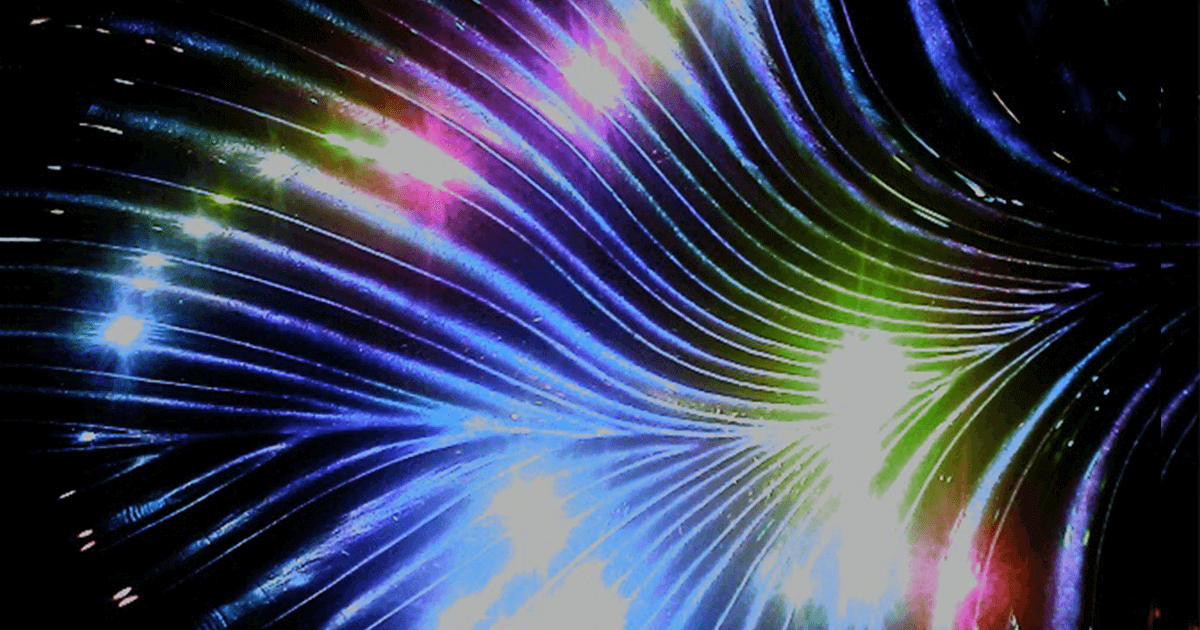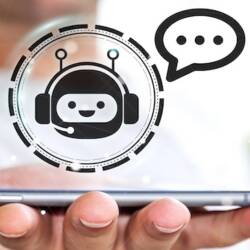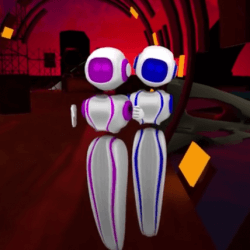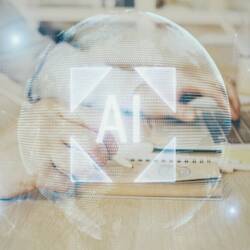The Rainbow of Gender: The Future of LGBT Sex
Are we looking at the end of orientation as we know it?

Be thou the rainbow in the storms of life. The evening beam that smiles the clouds away, and tints tomorrow with prophetic ray.
—Lord Byron
For as long as there have been humans there have been those who have been sexually and/or romantically attracted to their own gender, to both genders, to all genders, or whose true gender is not reflected by their initial biology.
Tragically, these same people have too often experienced irrational bigotry and hatred for simply desiring love and affection, or wanting the right to live as their true gender.
Looking to the future, many LGBT people, as well as those who love and support them, are growing justifiably concerned that humanity is sliding backward: that we could be looking at endless years of hate and oppression as opposed to understanding, tolerance, and acceptance.
But there is still hope—and it lies in gender: what it has been and what it could be.
Beyond binary
That humans can only be divided into two genders, male and female, is one of the biggest myths of human sexuality. For the sake of brevity, we’ll let the World Health Organization (WHO) spell it out: “‘gender’ refers to the socially constructed roles, behaviors, activities, and attributes that a given society considers appropriate.”
Even if you decide to be pedantic and bring up the difference between gender, which is fluid, versus biological sex you still don’t come up with anything clearly male or female.
The Editors of Scientific American say it well, writing in their introduction to The New Science of Sex and Gender:
Sex is supposed to be simple—at least at the molecular level. The biological explanations that appear in textbooks amount to X + X = and X + Y = . Venus or Mars, pink or blue. As science looks more closely, however, it becomes increasingly clear that a pair of chromosomes do not always suffice to distinguish girl/boy—either from the standpoint of sex (biological traits) or of gender (social identity).
Mind without genders

This less-than-binary approach to gender has been gaining a lot of momentum, driven by science on one end and social activists on the other. The genderqueer movement, in particular, has been actively advocating for people to have the right to define their gender as they see fit.
As to how much this idea is gaining ground, let’s look at this following quote—and where it came from:
Since we now know not everyone fits into the boxes of ‘man’ or ‘woman,’ perhaps it is time to start challenging the instinct to automatically label. Next time you are walking down the street, try to let the people you pass exist in your mind without genders.
That was Jessica Kean, writing for Newsweek.
Creating new genders

Since you are reading this article on Future of Sex, you are no doubt aware of at least some of the technological changes that have been affecting sex and gender.
CRISPR, for example, could very well be the key to an era when anyone, at any time, could change their biological sex. This could be a huge boon to transgender individuals, as the technology could give them the ability to have their bodies match their true selves.
Not only that, but it could also allow for the creation of totally new sexual forms, mixing and matching combinations of genital and secondary sexual characteristics.
Even if genetic engineering drags its heels, there’s still the chance that regular engineering could step up and do the job. We’ve already seen the creation of technologically augmented replacement genitals, so it’s not a far stretch to imagine that same kind of sex and gender fluidity with hardware instead of gene-editing.
And then there’s software instead of hardware. In fact, it could be argued that we already have genderqueer dynamics in places like Second Life where people have all kinds of relationships where their “away from keyboard” gender and sex are different than their digital avatars’.
Finally, we have digisexuals: those who are aroused by technology, either in the form of a gender or just by technology itself. This even further throws the idea of a binary gender under the genderqueer bus: can an artificial creation even have a gender—or even a sex?
A rainbow future
 What we’re getting at here is the future is looking more and more like a gender spectrum and less, as Scientific American put it, a world of either Venus or Mars.
What we’re getting at here is the future is looking more and more like a gender spectrum and less, as Scientific American put it, a world of either Venus or Mars.
And as more and more people integrate technology into their sex play, and engage in erotic activities in virtual worlds, it could be challenging in the extreme to cling to the outdated idea of “this is a boy” or “this is a girl” or even “I am a boy” or “I am a girl.” Add a near future where our bodies themselves will be almost infinitely plastic and malleable, then it gets even harder to be so narrow minded.
What does this mean for LGBT sexuality? Indulging in optimism, there’s a good chance that as the expansion of what sex and gender means, and can be, they’ll be a growing blur between what is queer and what is not.
Keeping on our rose-colored glasses, this could lead to the disappearance of the idea of LGBT sexuality—and non-LGBT sex as well: a world where sex and gender isn’t a division but a consensual activity on an vast rainbow spectrum of possibilities.
Until then, keep fighting
Sadly, we can’t keep wearing those glasses. The world, especially here in the United States, continues to look bleak for the LGBT community—and anyone else who thinks sex, love, and control of our own bodies is a basic human right.
But the fight is only lost if we surrender. While there may come a time when that rainbow of sexuality is there for anyone to enjoy, until then we all must stand up for education, tolerance, acceptance and most of all, love.
Image sources: deedavee easyflow, ep_jhu, Luke,Ma, Ted Eytan
Leave a reply
You must be logged in to post a comment.

















